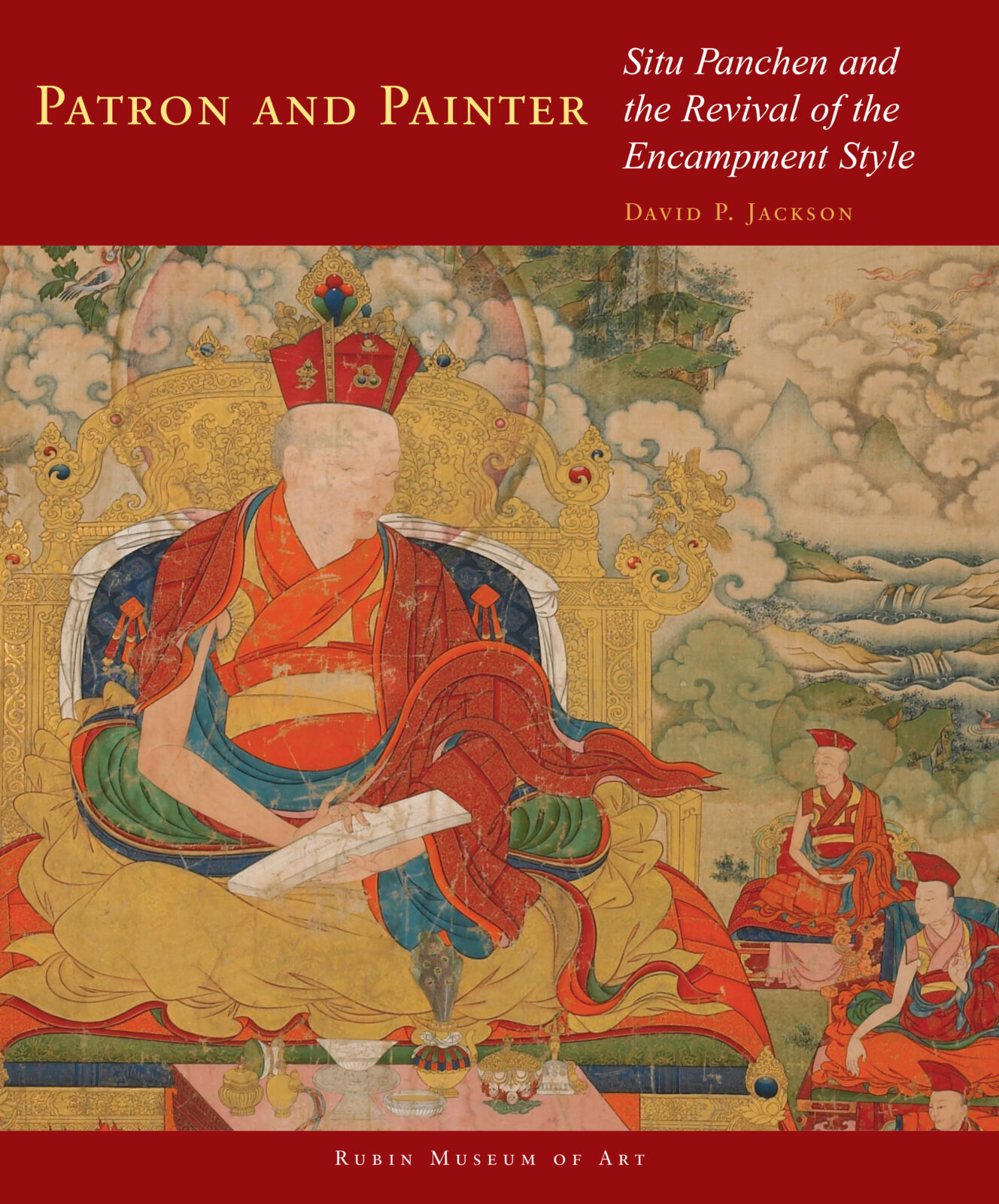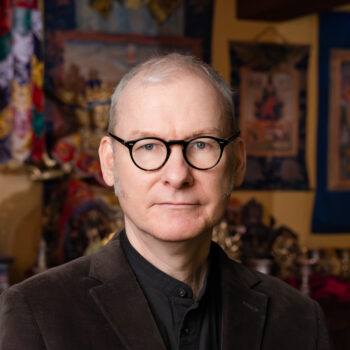The University of Washington Press is pleased to distribute a series on Tibetan art from the Rubin Museum of Art, New York City. These volumes will share the history, style, and method of Tibetan art and will document a different constellation of style, religious tradition, period, and place.
In studying the sacred arts of Tibet, scholars and collectors seldom know who the artist was, let alone what his life might have been like, where he went, and whom he met. Yet some is known about the life of the painter Situ Panchen Chokyi Junge and his revival of a great painting tradition. Born in January 1700 in Derge, he was identified as a Karma Kagyu trulku (an incarnate lama) and he studied with the great Karmapa lamas, in turn becoming a great teacher himself. He traveled widely, met with the military, political, and religious leaders of his time, and became renowned for his knowledge of medicine.
The most important of Situ’s many impressive accomplishments is his revival, as a painter and patron, of the Karma Gardri style of painting (also known as the Encampment style). It was established by the Tibetan painter Namkha Tashi in the court of the Ninth Karmapa (1555–1603). Namkha Tashi based his painted figures on Indian figural models but placed them in Chinese-inspired landscapes based on masterpieces of the Yuan and Ming courts. However, most of what is known of this tradition comes from the eighteenth-century school fostered by the great scholar-painter Situ Panchen. Even more important to the history of Tibetan art than Situ’s place as an individual painter is his role as a patron and designer of paintings, many of which continue to be copied to this day.
Patron and Painter focuses on the work of this important historical artist. His great stylistic tradition is considered by some to be a veritable rebirth of Tibetan painting. It is clear, precise, and spacious, with marked Chinese influence evident in the use of pastel colors and prominent stylized features of landscape. David P. Jackson has unlocked Situ’s diaries and journals and mapped his journeys, putting some of his endeavors in the context of almost seven centuries of the Karma Kagyu school’s history. Since 1994 more than a dozen major sets commissioned by Situ Panchen or his circle have been identified, and more continue to turn up, not only outside Tibet but also in Kham. This publication begins to visually tell the story of Situ’s paintings.This catalog is published in conjunction with an exhibition organized and presented by the Rubin Museum of Art, New York, February 6, 2009, through July 13, 2009, and curated by David P. Jackson and Karl Debreczeny. Patron and Painter is the first volume in the Masterworks of Tibetan Painting series.
Jackson, David P., and Karl Debreczeny. Patron and Painter: Situ Panchen and the Revival of the Encampment Style. Masterworks of Tibetan Painting Series. New York: Rubin Museum of Art; Seattle and London: In association with the University of Washington Press, 2009.
Find elsewhere:
Library of Congress WorldCat


